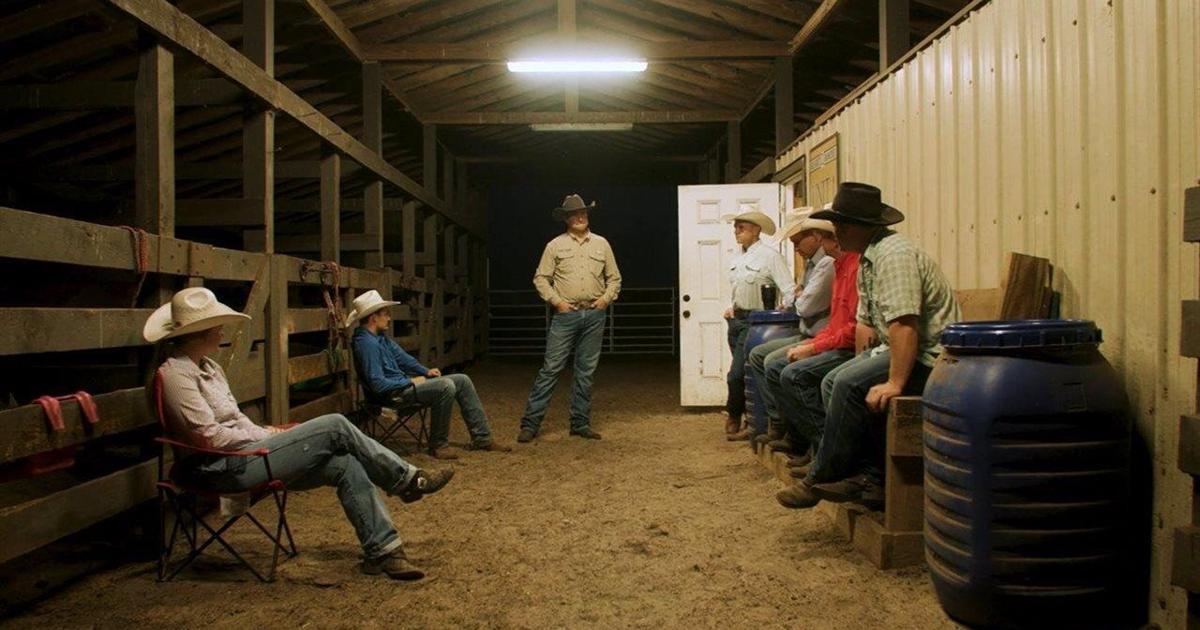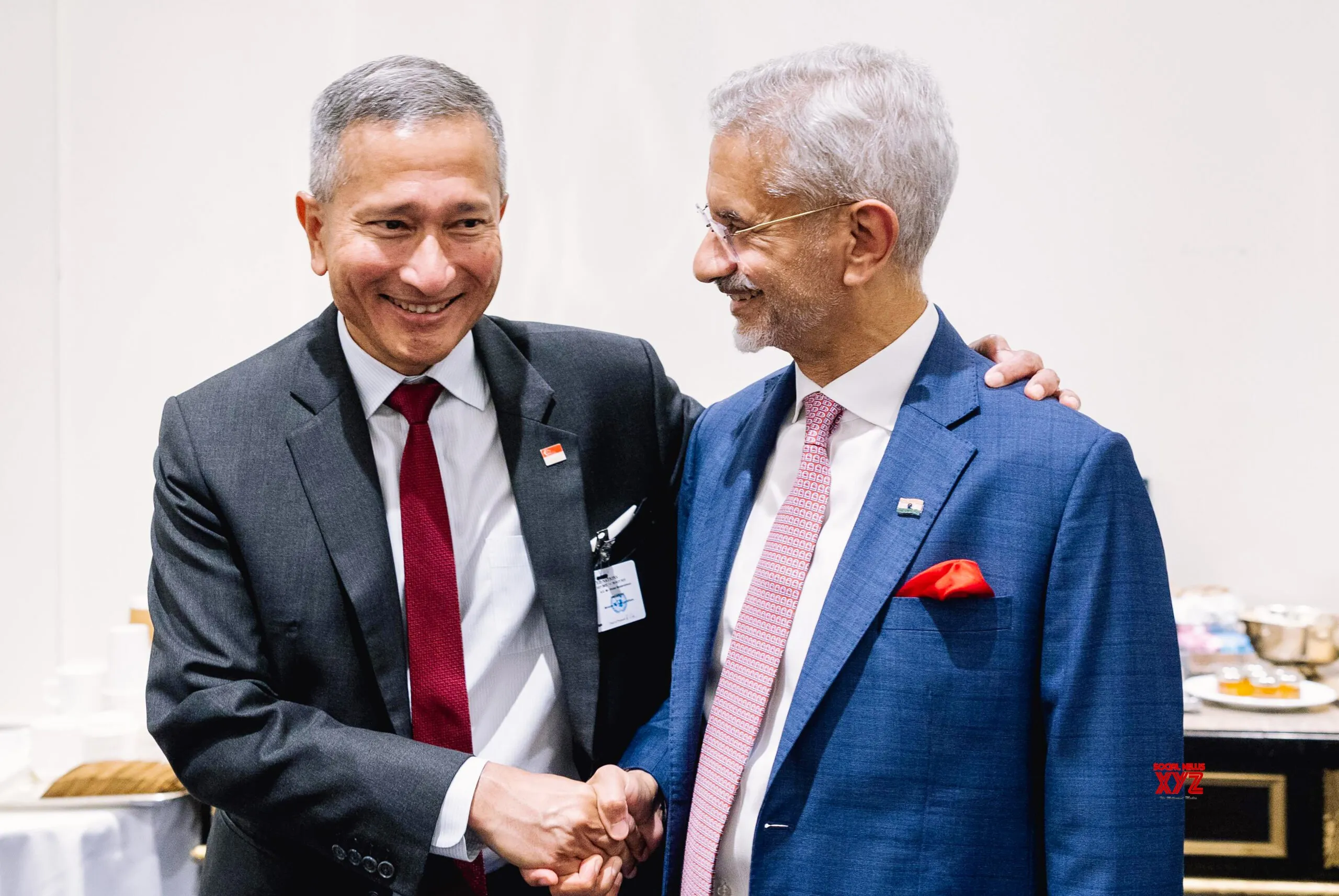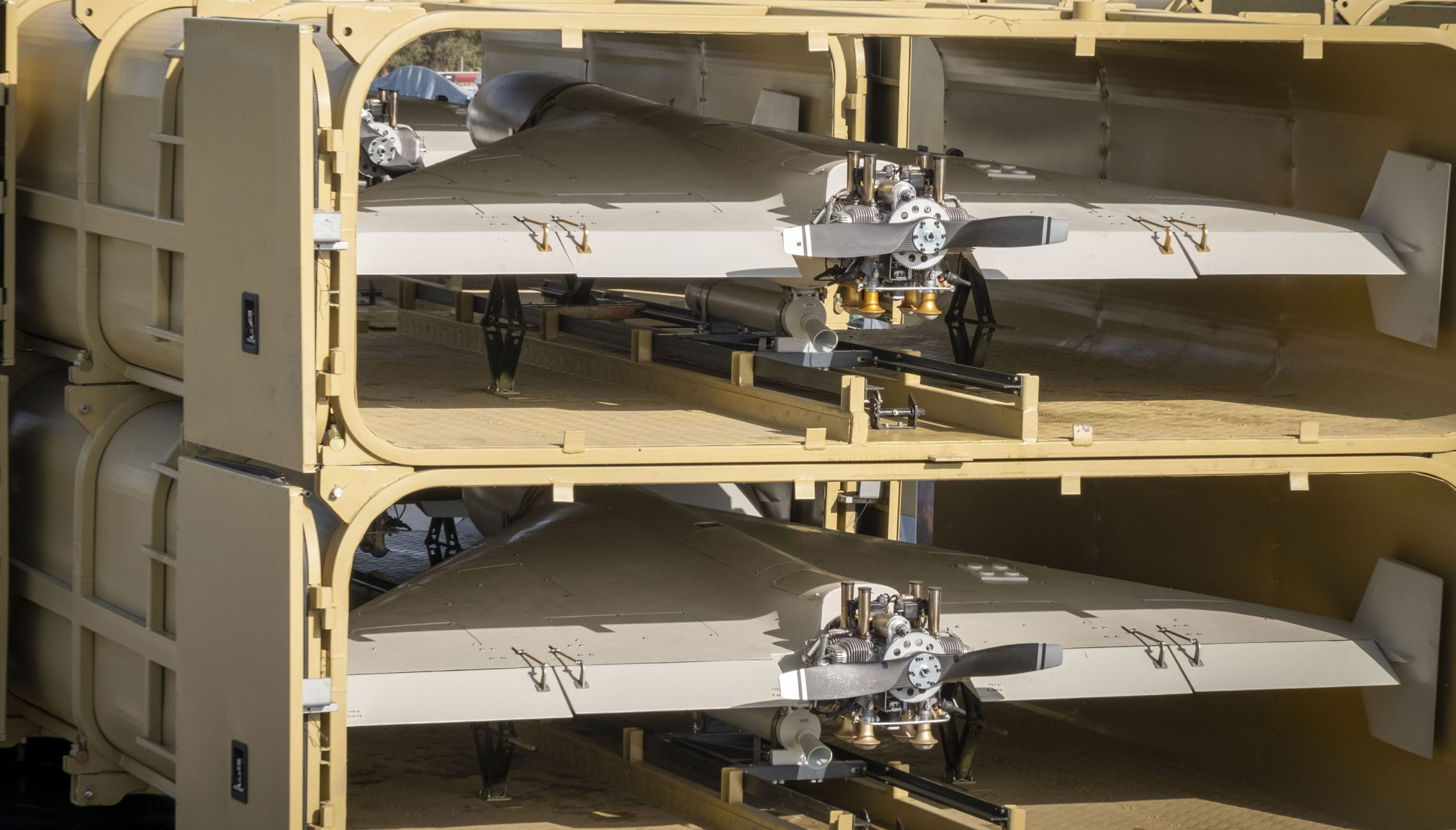By Brandpoint BPT
Copyright trinidadexpress

(BPT) – When you picture a cattle rancher you might imagine someone wearing a cowboy hat and riding a horse, not a conservationist. But that’s what most ranchers are.
“Ranchers and farmers were the first environmentalists, and we take that very seriously,” said Darrick Whipple, Land & Government Affairs Manager at Deseret Ranch.
Caring for cattle is also an opportunity to care for the land, and farmers and ranchers work hard to protect the land they are entrusted to manage, and that we all depend on. Not only is this the right thing to do, but it’s also critical for ranching families who take pride in passing the way of life down to future generations.
While farming and ranching looks different across the country, one thing remains the same: when it comes to raising cattle, it all starts with healthy soil and plant life. Without that, the cattle would have nowhere to graze, and the farm or ranch could not be sustainable — environmentally or for the future. This is why for farmers and ranchers, sustainability means so much. More than 90% of U.S. farms and ranches are family-owned and 78% of ranchers plan to invest in their community by continuing to preserve open space and passing their farm or ranch on to future generations. It is this family pride that drives farmers and ranchers to carefully manage the land and leave it better generation after generation.
The “Cattle Calling” series by the National Cattlemen’s Beef Association, a contractor to the Beef Checkoff, offers glimpses into the real lives of ranching families across the country. From families who have been ranching for more than 100 years, to those who just got their start, each video reveals how farmers and ranchers tackle everything from environmental challenges and extreme weather events to family obligations and community building.
Thriving in harsh environments
The founders of Deseret Ranch acquired 200,000 acres of untamed land in central Florida 75 years ago. Today, 45,000 cows and close to 100 full-time employees call this challenging environment home, enduring high temperatures, humidity and very sandy soil as they raise cattle and carry on a lesser-known way of life with deep roots in the Sunshine State.
Over the years Central Florida has become less known for its marshes and wildlife and more for theme parks and rapid growth. A state known for its tourism, many visitors to Florida have no idea that just miles off the beaten path, tucked between the attractions and the beaches, one of the world’s largest ranches has been able to preserve Florida’s natural landscape and wildlife habitat.
“The cattle and wildlife have to have a symbiotic relationship,” explained Eric Batey, Area Manager. “Our responsibility as stewards of the land is to keep the native populations of animals thriving,” added Jase Taylor, Wildlife Manager.
While the gators, otters and vibrantly colored birds co-existing with thousands of head of cattle is unique to Central Florida, this is one example of how grazing lands and ranches across the country provide a range of ecosystem services like water regulation and purification, carbon sequestration, wildfire suppression and wildlife habitat. Ranchers know the decisions they make today have an impact for future generations, so they work to manage natural resources in a way that benefits the environment, because that environment is what pays them back.
Putting land and animals first
In the much drier climate of southeastern Colorado is May Ranch. At first glance the landscape appears harsh and less than ideal for wildlife, but what can’t be seen is the colony of endangered black-footed ferrets that live underground and call the ranch home. The May family has long been known for their conservation efforts, which is exactly why their ranch was chosen by Colorado Parks and Wildlife for the releasing of North America’s rarest mammal into the wild.
Just two years later, both the effort to save the endangered species and the family livelihood were tested when a wildfire tore across the ranch. In all, more than 9,000 acres burned, threatening cattle and wildlife and destroying more than 50 miles of fence. Undeterred, the family worked to rebuild stronger with an increased focus on conserving the land’s diverse ecosystem.
“We care so deeply for all of our animals. We take care of them before we take care of ourselves,” said Debbie Davis. “We make sure they have everything that they need.”
The May family is committed to educating the next generation about the importance of biodiversity and is well aware of the importance of grasslands for carbon sequestration.
“It’s unbelievable when you start studying how much carbon can truly be stored here underneath our feet,” said Riley May. “This ranch would not have been kept in its native state if it had been plowed up and farmed; it would have had a huge release of carbon,” added Dallas May.
Supporting the community
In the middle of Tennessee, first-generation cattle farmers Ben and Lauren Neale are supporting their community from the ground up. While raising four busy children, one of whom has special needs, the Neales still find time to manage their growing farm and serve their local community by opening a local processing facility and store — a true farm-to-table family story.
Through Light Hill Meats, the Neales support the entire community with access to local meat processing and high-quality food products, and by providing jobs to those in need. Their retail store allows them to work with a sober living program and they often employ people who are transitioning to life after prison and recovering from substance abuse.
“Ben appreciates the work being done at home so he can go out and grow this business and branch it out to where he is bringing it into the community,” said Lauren Neale. “He’s bringing in people who have a great skillset, giving them a livelihood. I’m proud and glad to help him on that journey of helping other people.”
The role of cattle in sustainability
When well-managed, beef cattle provide important ecosystem services like converting human-inedible plant fiber into protein, cycling organic nutrients into the soil, maintaining wildlife habitats and producing food from land that could not otherwise be used for crops. These ranchers help to keep these pristine places intact, while providing a much-needed resource for society.
Visit BeefItsWhatsForDinner.com to learn more. To watch the Cattle Calling videos, visit CattleCalling.org.
References:
USDA-NASS. 2017. Census of Agriculture. Farm Typology. https://www.nass.usda.gov/Publications/AgCensus/2017/Online_Resources/Typology/typology.pdf
National Cattlemen’s Beef Association (NCBA). 2017. 2017 Cattlemen’s Stewardship Review. Found on https://www.beefboard.org/2018/05/14/2017-cattlemens-stewardship-review/.



